Labeling System
Labeling System
Labeling System
A Labeling System is a crucial part of packaging. It helps identify and provide information about the product inside the package. This system ensures that each product has a label with essential details.
Components of a Labeling System
A Labeling System typically includes a printer, labels, and software. The printer produces the labels, the labels are the physical tags, and the software manages the design and data.
Importance of a Labeling System
A good Labeling System improves efficiency and accuracy. It ensures that each product is correctly labeled, which helps in tracking and managing inventory. This system also helps in meeting regulatory requirements.
Types of Labeling Systems
There are various types of Labeling Systems. Some are manual, where workers apply labels by hand. Others are automated, using machines to apply labels quickly and accurately.
Benefits of Using a Labeling System
Using a Labeling System offers many benefits. It saves time, reduces errors, and ensures consistency. This system also enhances the professional appearance of products, making them more appealing to customers.
Conclusion
In summary, a Labeling System is essential in packaging. It ensures that products are correctly identified and provides necessary information. Investing in a good Labeling System can greatly improve packaging efficiency and accuracy.
Blog Posts with the term: Labeling System
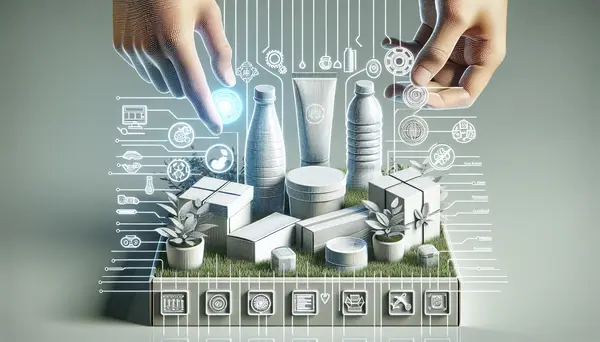
The article explores the evolution, current trends and future of packaging technology. It highlights how packaging has evolved from simple containers to complex systems incorporating design elements, consumer psychology, sustainability concerns and logistical strategies; with recent innovations focusing on biodegradable...

Food packaging is essential for protecting food, extending shelf life, and maintaining quality from production to consumption. It must meet safety standards, provide consumer information, facilitate transportation, enhance marketability, and support sustainability efforts. Innovative food packaging solutions address demands for convenience...
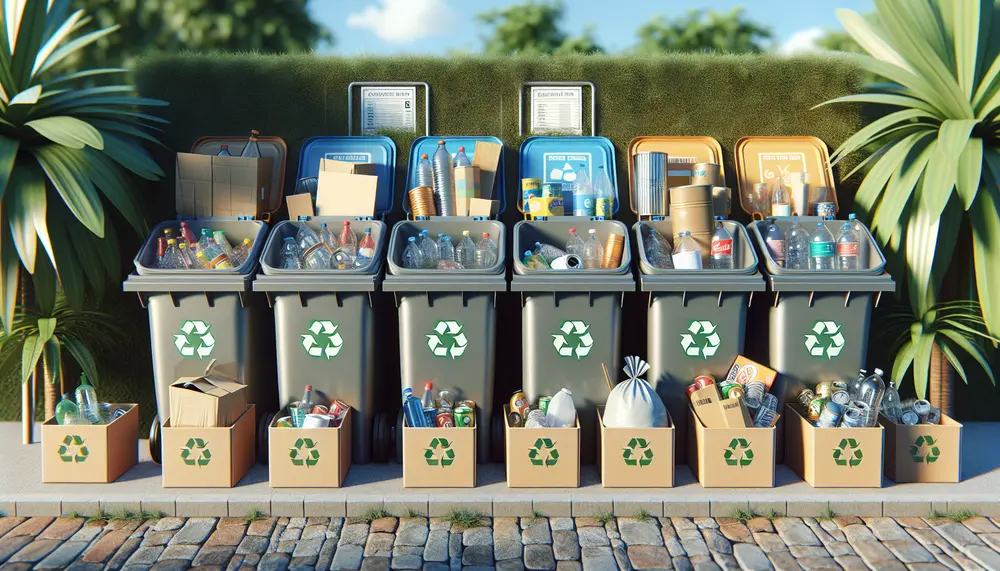
The Packaging Waste Directive (Directive 94/62/EC) is a key EU legislation aimed at reducing packaging waste by setting recovery and recycling targets, promoting sustainable design, and minimizing landfill disposal. Compliance with the directive benefits businesses through enhanced reputation, cost savings,...
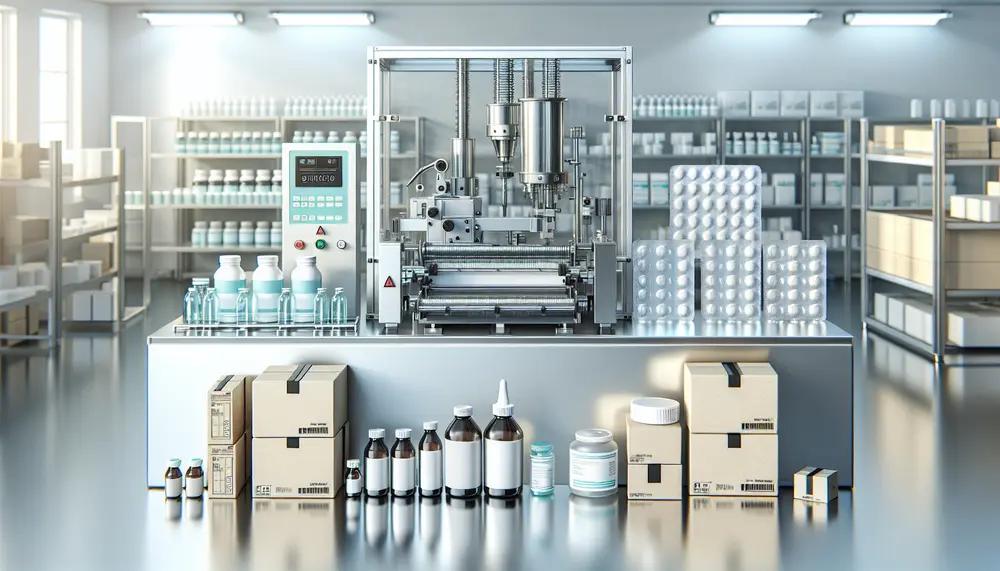
Pharmaceutical packaging equipment is essential for maintaining the safety, integrity, and efficacy of medications by adhering to strict regulatory standards. This includes a variety of machines like blister pack machines, bottle filling machines, and labeling systems that ensure protective containment...

Sustainability in packaging focuses on reducing environmental impact through practices like using biodegradable materials and designing for reusability, aiming to align ecological health with business and consumer needs. Current trends include plant-based materials, minimalist designs, recycled content use, and advanced...
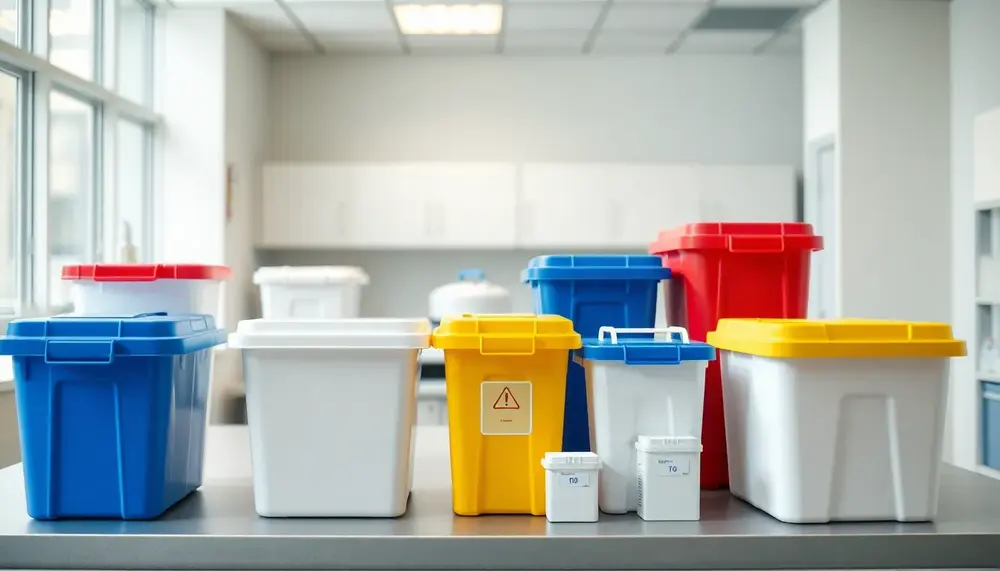
Pharmaceutical waste containers are essential for safely managing hazardous and non-hazardous pharmaceutical waste, protecting public health, the environment, and ensuring regulatory compliance. Choosing the right container involves understanding waste types, prioritizing features like durability, secure lids, clear labeling, and proper...
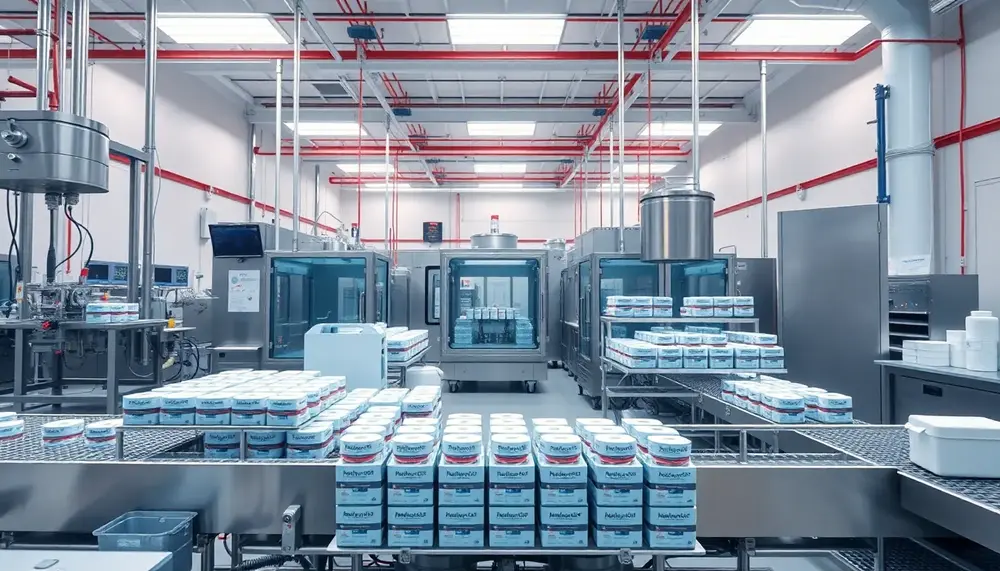
New Jersey is a leader in pharmaceutical packaging, offering innovative, sustainable solutions and leveraging its strategic location, skilled workforce, and advanced technologies. The state excels in services like cold-chain management, eco-friendly materials, serialization systems, and custom packaging while addressing challenges...

Pharmacy vial packaging must comply with strict regulations for child-resistance, tamper-evidence, material safety, labeling, traceability, and environmental standards. Choosing advanced vial systems with features like universal caps and integrated security enhances both compliance and patient safety....
